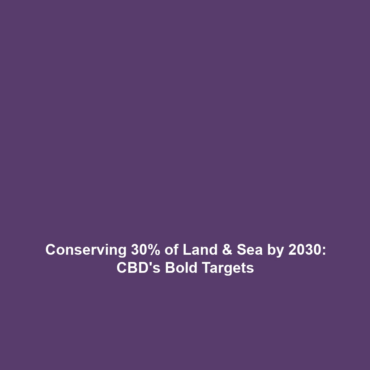The Role of Amateur Astronomy and Outreach in Gravitational Wave Studies
Introduction
Gravitational waves, ripples in spacetime produced by the acceleration of massive objects, have opened a new frontier in the field of astronomy. The role of amateur astronomy and outreach in gravitational wave studies is increasingly recognized for its potential to enhance scientific discovery and public engagement. This article explores how amateur astronomers contribute to the gravitational wave research landscape, highlighting their significance in interpreting data and fostering community interest. Engaging the public in this groundbreaking field can lead to innovative collaboration between professionals and enthusiasts, ultimately advancing our understanding of the universe.
Key Concepts
Understanding Gravitational Waves
Gravitational waves are generated by extremely energetic processes, such as binary black hole mergers or neutron star collisions. The role of amateur astronomy comes into play in two primary ways:
- Data Collection: Amateur astronomers can participate in observational campaigns to gather data surrounding gravitational wave events.
- Public Engagement: Outreach programs can educate the general public about the significance of these cosmic phenomena, encouraging broader support for funding and research.
Applications and Real-World Uses
The integration of amateur astronomy in gravitational wave studies manifests in various practical applications:
- Collaboration on Observational Projects: Amateurs can assist in follow-up observations after a gravitational wave detection, contributing valuable data.
- Enhancing Community Awareness: Outreach initiatives can demystify gravitational wave research, making it accessible to a wider audience.
These applications of amateur astronomy in gravitational waves highlight how grassroots involvement can complement professional research efforts.
Current Challenges
Despite the significant contributions of amateur astronomers, there are several challenges in their involvement in gravitational wave studies:
- Resource Limitations: Amateur astronomers may not have access to sophisticated equipment required for precise measurements.
- Data Overload: The volume of data generated from gravitational wave detections poses a challenge for amateur contributions without proper guidance or tools.
- Knowledge Gap: There may be a lack of understanding among amateurs regarding the science behind gravitational waves, necessitating effective outreach programs.
Future Research and Innovations
Emerging technologies and innovations related to the role of amateur astronomy in gravitational wave studies are promising:
- Crowdsourced Data Analysis: Data from gravitational wave events could be analyzed by enthusiastic amateurs using machine learning techniques.
- New Educational Platforms: Innovations in online platforms can facilitate better training and resources for amateur astronomers, empowering them to contribute more effectively.
- Advanced Observational Tools: The development of affordable yet powerful observational equipment could allow more amateurs to participate in significant research.
Conclusion
The role of amateur astronomy and outreach in gravitational wave studies is essential for the future of astronomical research. By bridging the gap between professional scientists and the public, we can foster a collaborative environment that enhances our understanding of cosmic events. As gravitational wave research continues to evolve, it is imperative to encourage amateur involvement through effective outreach and education initiatives. For further insights, read about the latest advancements in gravitational wave detection or explore our outreach programs promoting science education.

